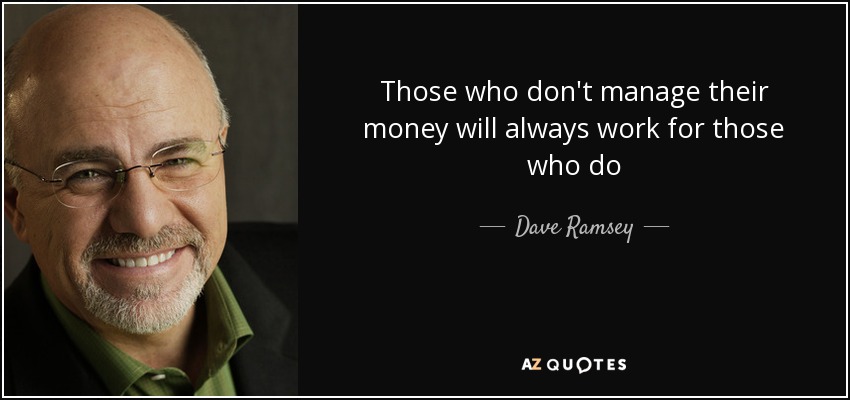Fun with Money and How to Teach the Kids to be Responsible with it

When it comes to teaching your kids how to responsibly use money, the key is—like everything else—to get ‘em while they’re young. The very concept of money is something completely foreign to a child until they get first-hand experience with it. Unfortunately, for many children, their first-hand experience isn’t something that prepares them for using money with any real smarts in the future.
Getting some money from Mom or Dad to buy a candy bar or a small lego set won’t quite cut it. If you really want to teach your kids how to manage their money, it takes a lot more time and effort. But there are plenty of things you can do and activities you can instigate with your children that will set them up for a financially successful future.
7 Things Young People Should Do With Their Money (From a Young, Single Gent’s …
Plan A Budget
One of the best ways to help a kid learn the value of the dollar is by helping them plan their first budget. give them an allowance or a small sum of money for doing something helpful around the house, then sit down with them and help them plan a budget and think of ways that can help them stick to it.
Ask them what they want to buy with their money, then do the math with them to plan accordingly. Even if what they want is outlandishly beyond what they have, sitting down and doing the math with them will show them more effectively how to plan ahead with money, and it will also show them that you care about their concerns.
Use Envelopes to Save
Have your child tuck away some money in an envelope and then write the amount on it. Saving money in this tangible, visceral way can be a great way to help your child cognitively understand the difference between spending money and saved assets. As their savings grow, talk to them about the next steps toward saving in a smart way.

Make a Savings Goal Chart
Make a fun, colorful poster with you child and create a savings goal chart, where you plot out how long it will take them to reach their goal. Show them how it works and help them plot it out. Once you’ve helped them out with it a couple times, give them the chance to do it all their own.
The satisfaction that comes from successfully plotting out their savings goals will be apparent when they do it themselves for the first time and even manage to reach their goal in a timely manner. More importantly, it will teach them how good it feels to save wisely.
Open a Savings Account
As soon as your children are more comfortable and more thrifty with their money, consider taking them to the bank and opening a savings account in their name. Opening a savings account for them makes their future seem like less of an attainable reality.
Newly funded Stash looks to transform how millennials manage their money
It also gives them an upclose look at a bank early enough that they can feel more in their element when the time comes to use the bank as an adult. Above all, opening a savings account will help them to spend their money less quickly and learn the value of building a financial portfolio.
Play Some Classic Board Games
Now that you’ve got some of the more serious stuff out of the way, pull out some classic board games like Monopoly and The Game of Life for some money and finance-oriented fun. As you play the game, talk to them about their financial decision within the game and elaborate on real-life equivalents of their moves and what the financial consequences of those moves might be.
Look for Good Deals When You’re at the Store with Them
Next time you’re at the store with your child, introduce them to a new form of saving. Explain to them the prices and enlist their help to be on the lookout for good deals. Help them to spot the difference between a good deal and a promotional offer that might not be as beneficial as the store would have you believe.
Getting your child to participate in the financial side of the grocery shopping will show them the importance of staying on top of the market and making educated, calculated purchases.
Category: Family Finances, Financial Planning




